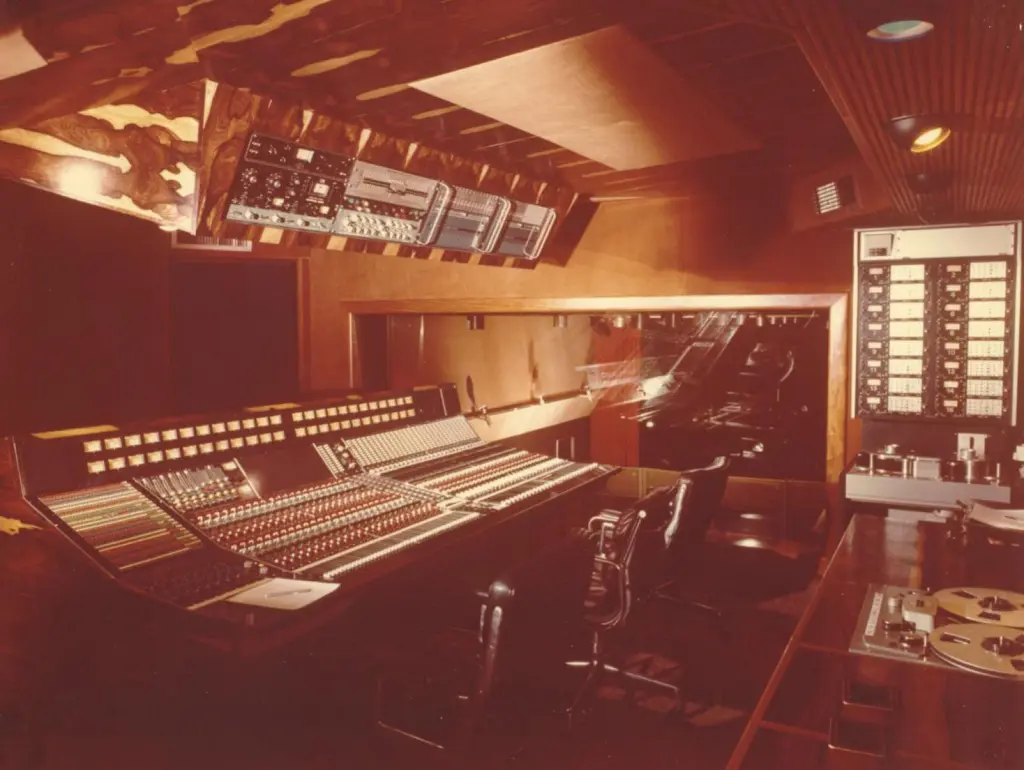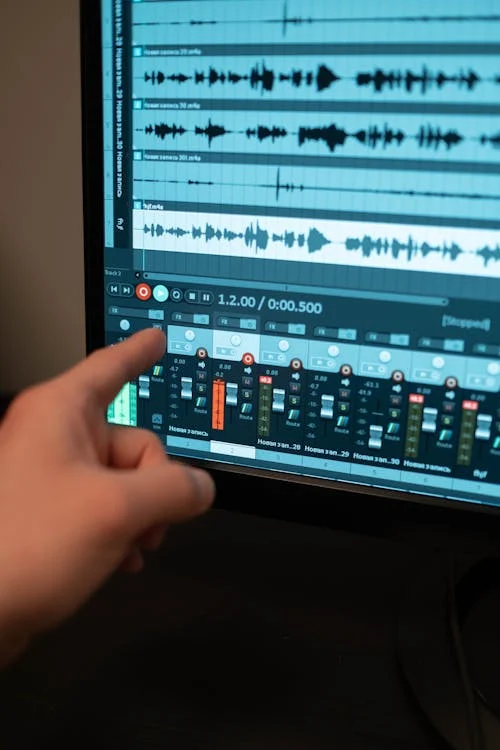The Evolution of Music Recording
- blueroomstudioslon
- May 6
- 3 min read
Updated: May 8
The journey of music recording has been nothing short of revolutionary. From its humble beginnings to the advanced tools we have today, the evolution of recording technology has reshaped how music is created, produced, and consumed. Let’s take a closer look at how we got here.
The Analog Era: The Art of Live Balance
Early Sound Recording and Live Mixing
In the early days of sound recording, the concept of mixing after recording was virtually nonexistent. Engineers had to work tirelessly to ensure perfect balance between instruments and vocals during live performances. Every adjustment was manual, requiring precision and skill.

The Rise of Multitrack Tape Machines
The Birth of Digital Audio
The introduction of tape recorders marked a turning point. With the ability to record multiple tracks, engineers could manipulate sound post-recording. This advancement, paired with the emergence of outboard gear like compressors and equalizers, allowed for more sophisticated sound treatment. By the 1970s, studios were equipped with 8-track, 16-track, and even 24-track machines, offering unprecedented control over recordings.
The Digital Revolution: Clarity and Precision

The 1980s ushered in the era of digital audio. The launch of CDs brought unmatched clarity to consumer audio, while companies like Sony and Mitsubishi introduced the first digital recorders. These innovations eliminated the hiss and generational loss associated with analog tape, offering cleaner sound and precise editing capabilities. Recordings could now capture a wider dynamic range, from the softest whispers to the loudest crescendos, with remarkable detail.
While early digital recordings were sometimes criticized for sounding "cold," they opened up new possibilities for music production. By the late 1990s and early 2000s, the rise of Digital Audio Workstations (DAWs) like Cubase revolutionized the industry further. Engineers could now edit with surgical precision, isolating individual frequencies and manipulating sound in ways that were once unimaginable.
The Plugin Boom: Analog Meets Digital
The First Digital Plugins
In the early days of DAWs, plugins were basic and utilitarian, focusing on functionality over flavor. However, by the mid-2000s, plugin developers began modeling classic analog studio gear. Companies like Waves, Universal Audio, Softube, and Slate Digital introduced digital replicas of legendary gear from manufacturers like SSL, API, and Neve.
Emulating the Analog Sound
This development brought the warmth and character of analog sound into the digital realm. One key innovation was the emulation of analog saturation, a quality that added richness and depth to recordings. Saturation, once a byproduct of analog tape, became a sought-after tool in modern mixing. Producers embraced this blend of analog charm and digital precision, creating a new era of sonic possibilities.
The Home Studio Renaissance
The Impact of the COVID-19 Pandemic
The COVID-19 pandemic led to a surge in home studio setups as people sought creative outlets during lockdowns.
Affordable Analog Gear for All
Advances in manufacturing made high-quality analog gear more accessible than ever. Companies like Warm Audio, Golden Age, and Black Lion Audio began offering affordable clones of classic equipment, while even entry-level brands like Behringer provided analog-inspired options.
This democratization of technology means that today, anyone with a modest budget can achieve professional-grade sound. Whether you're a bedroom producer or a seasoned engineer, the tools to create amazing music are more accessible than ever.
A Golden Age for Music Production

Analog Warmth Meets Digital Precision
The evolution of music recording has brought us to an exciting era where analog warmth meets digital precision. From the labor-intensive days of live balancing to the limitless possibilities of modern DAWs, the journey has been remarkable.
Whether music carries the same cultural value as it did during the eras of scarcity and struggle is a deeper conversation — one we’ll save for the next blog. Stay tuned!































Comments